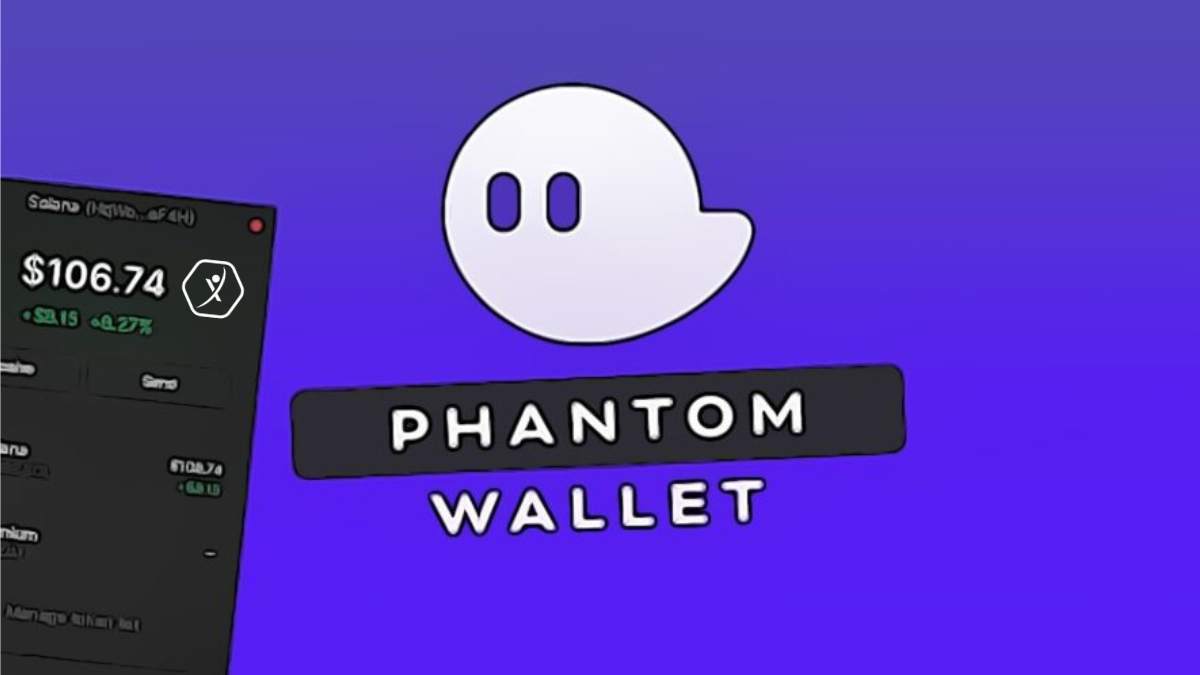Okay, so check this out—if you’ve ever dabbled in Solana’s DeFi ecosystem, you know how tricky it can be to manage wallets while juggling multiple dapps. Seriously? It’s like trying to keep track of a dozen tabs and still feeling lost. My first impression when I started was, “Wow, this could get messy real fast.”
But then I stumbled onto browser extensions that promise seamless interaction, and man, that changed everything. First off, having your wallet right there in your browser toolbar? Game changer. You get instant access to your tokens, can approve transactions without hopping around, and best of all—no more fumbling with seed phrases every time you want to swap or stake.
Here's the thing: transaction approval flows are where most wallets trip up. You want speed, sure, but also security and clear prompts that don’t make you squint or second-guess. Phantom wallet nails this balance pretty well, providing a smooth experience that feels almost… intuitive. Something felt off about other wallets in the past, like they were trying too hard to be flashy but ended up confusing users.
Initially, I thought having all these permissions pop up might overwhelm users, but actually, wait—let me rephrase that—it's more about educating users on what they’re approving. Phantom’s approach to transaction prompts gives you just enough info without drowning you in jargon. On one hand, this boosts confidence. Though actually, it still requires some user savvy, which can be a hurdle for newcomers.
Whoa! That brings me to browser compatibility. Not all extensions play nice across browsers, and sometimes, you get weird bugs or slow load times that make you want to just quit. Phantom wallet’s extension is surprisingly stable, at least on Chrome and Brave, which makes a world of difference if you’re hopping between DeFi platforms and NFT marketplaces on Solana.
Check this out—

What really hooked me was how the phantom wallet extension handles connectivity. Instead of forcing you to log in repeatedly or refresh your session every few minutes, it maintains a persistent connection that feels solid yet secure. This means your dapps stay connected without nagging popups, which is a relief when you’re deep into yield farming or liquidity provision.
Oh, and by the way, the integration also supports hardware wallets, which is a huge plus for those of us paranoid about security. Pairing a Ledger device with the phantom wallet extension means you get the best of both worlds: ease of use and cold storage safety. I’m biased, but that combo feels like the sweet spot for serious traders.
Now, here’s where it gets a bit tricky. Despite all the smoothness, the approval process sometimes feels a little too simple. Like, you get a quick “Approve” or “Reject” prompt, but it doesn’t always break down gas fees or potential risks in detail. I wish it had a bit more transparency there, especially for newer users who might not fully grasp the implications of some transactions.
Hmm… speaking of which, the whole idea of “web3 connectivity” is evolving fast. Phantom’s browser extension is a solid example of how to bridge traditional browsing with decentralized apps, but it’s also reminding me that the user experience still has room to grow. Transaction approval isn’t just a button click—it’s a moment of trust, and the UI needs to respect that.
So, why does this matter? Well, if you’re someone like me who’s dived into Solana DeFi protocols—staking, swapping, lending—you want your wallet experience to feel less like a chore and more like a natural extension of your browser. Phantom wallet nails that, making it easier to focus on the strategy instead of the tech hurdles.
Something else I noticed: the extension’s design is clean but still feels approachable. Not too flashy, not too barebones. It strikes a nice balance that makes me want to keep it installed. And I’m the kind of person who’s tried a dozen wallets before settling on one that just works without fuss.
Alright, so here’s a quick rundown of why I think browser integration with phantom wallet is crucial:
- Instant transaction approvals without juggling tabs
- Persistent connectivity that saves time and frustration
- Hardware wallet support for enhanced security
- Clean, intuitive UI that doesn’t overwhelm
- Reliable browser compatibility (Chrome, Brave, etc.)
That said, the wallet isn’t perfect. I still hope to see more detailed transaction insights and maybe better support across Firefox or Safari. But hey, those are minor gripes compared to how much more seamless my Solana DeFi adventures have become since using it.
For anyone curious about trying it out, the phantom wallet extension is the place to start. Honestly, it saved me from a lot of headaches and made me feel more confident approving transactions—something that can be nerve-wracking in crypto.
In the grand scheme, browser-based wallet integration like this is pushing the whole web3 experience closer to mainstream usability. It's not just about security or fancy features; it’s about making the tech feel invisible enough so you can focus on what really matters: the apps, the tokens, the possibilities.
And yeah, I’m not 100% sure where all this is heading yet. But if you ask me, smooth browser extensions that get transaction approvals right are one of the biggest stepping stones toward that future.